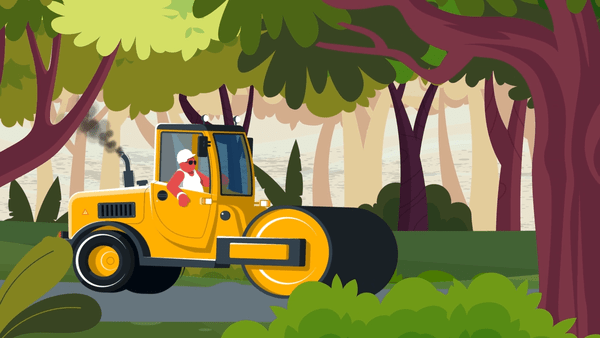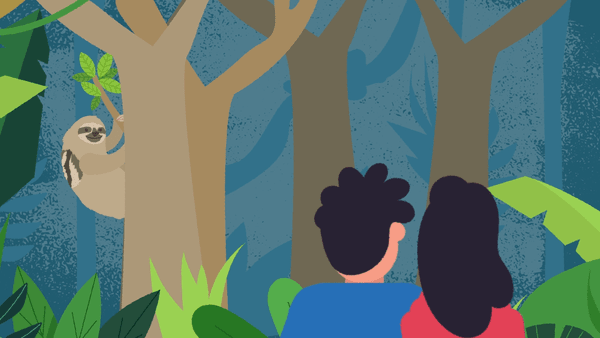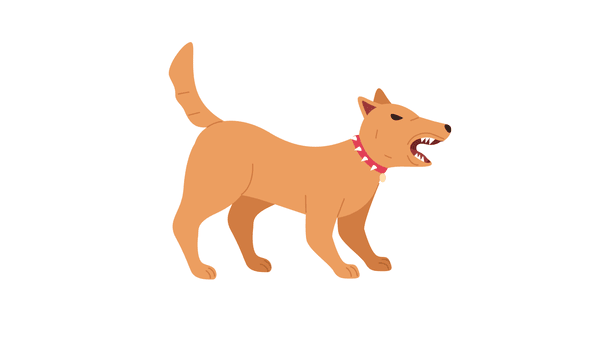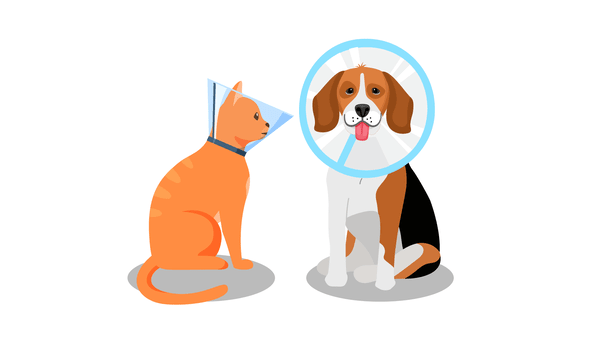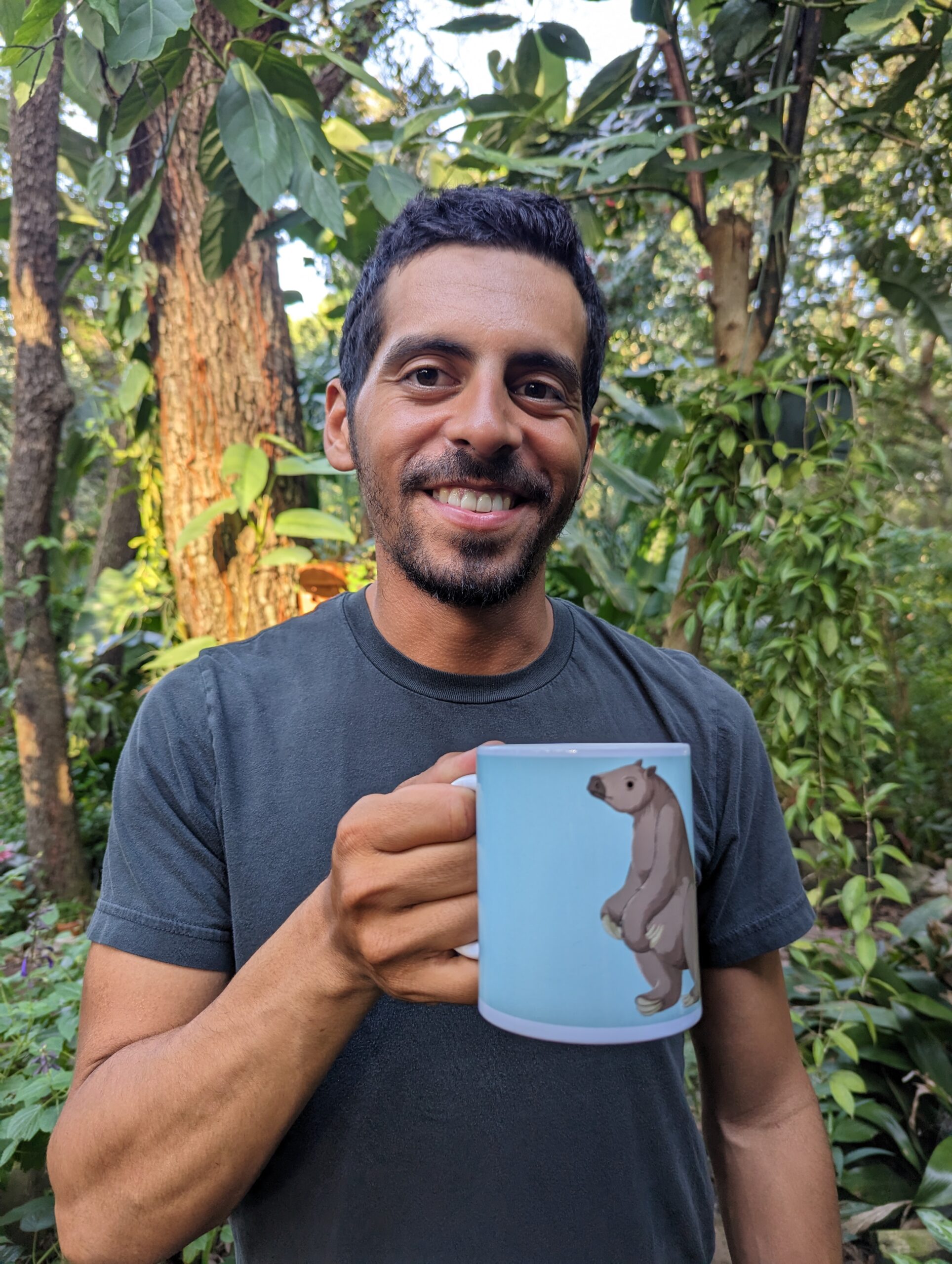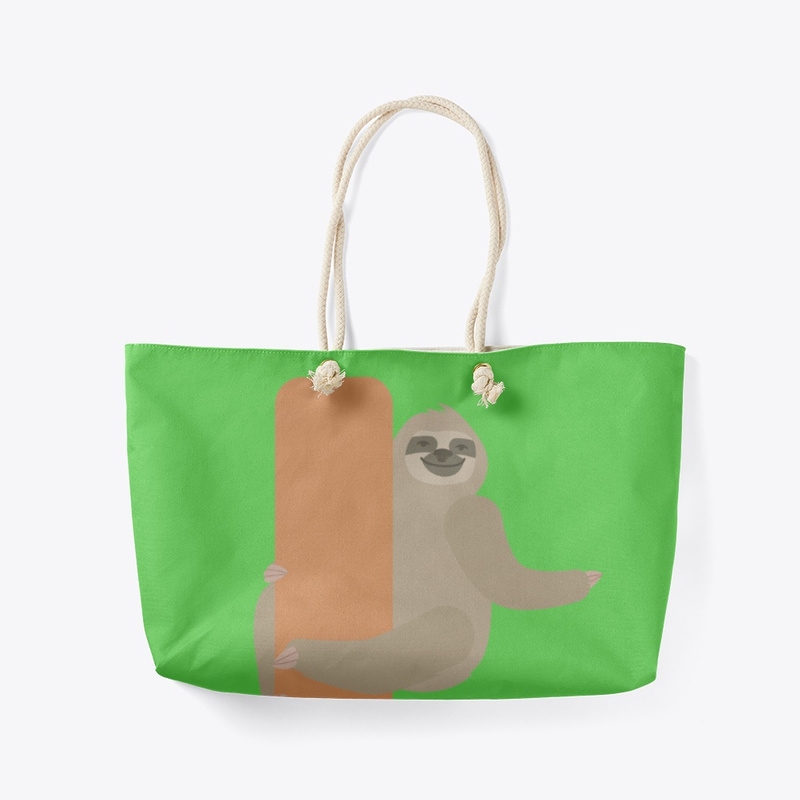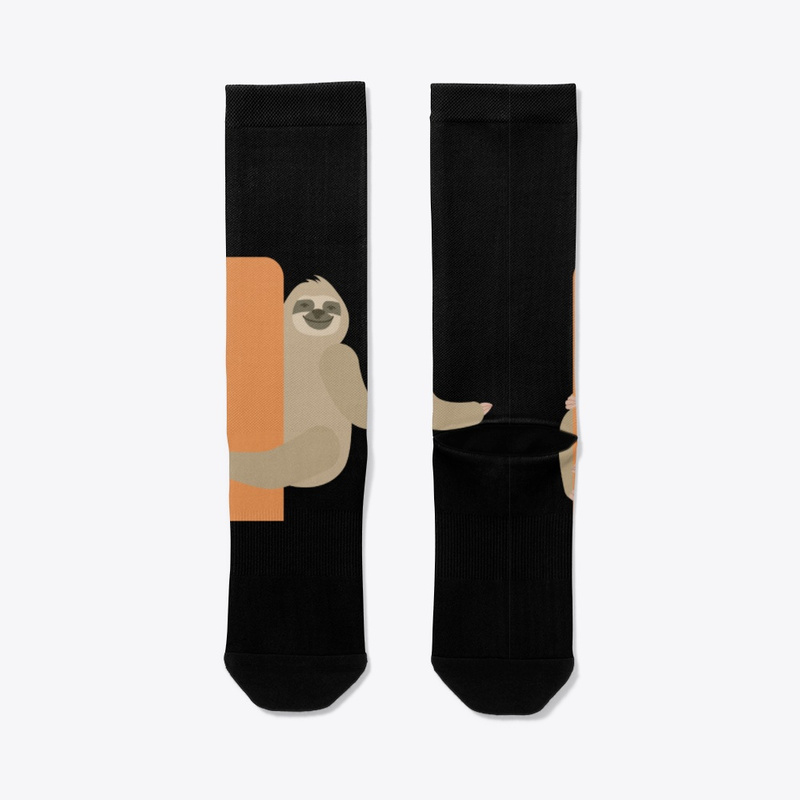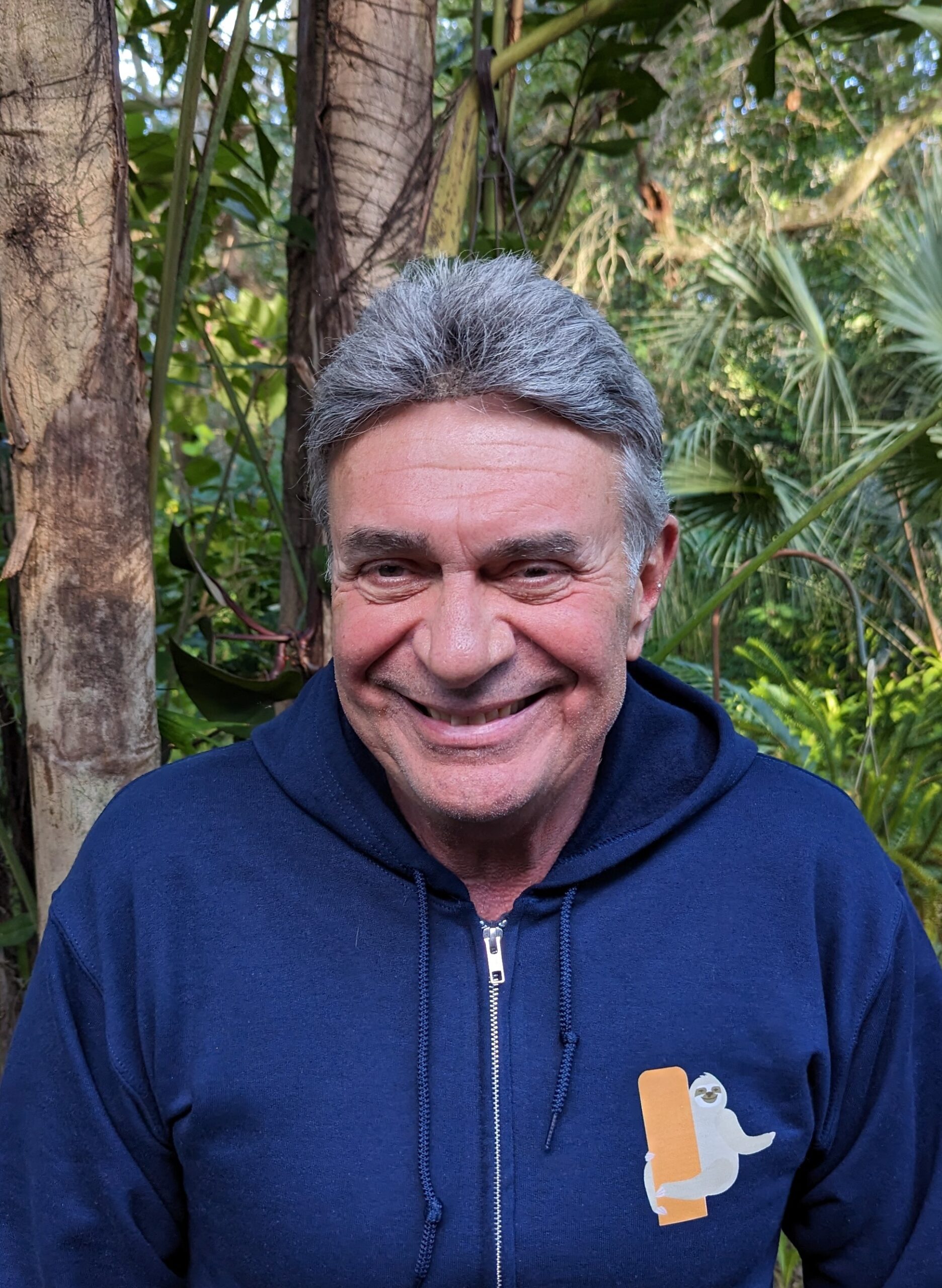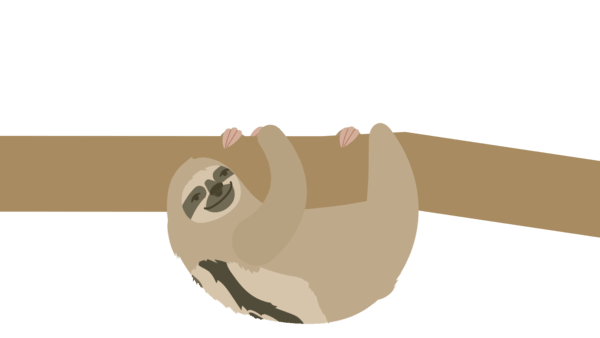
Pale-throated three-fingered sloth
Bradypus tridactylus
Lifespan: Estimated to be 12-15 years
Reproduction: 1 offspring every year
Size: Average adult 3.4–6.5 kg
Diet: Eats over 50 plant species
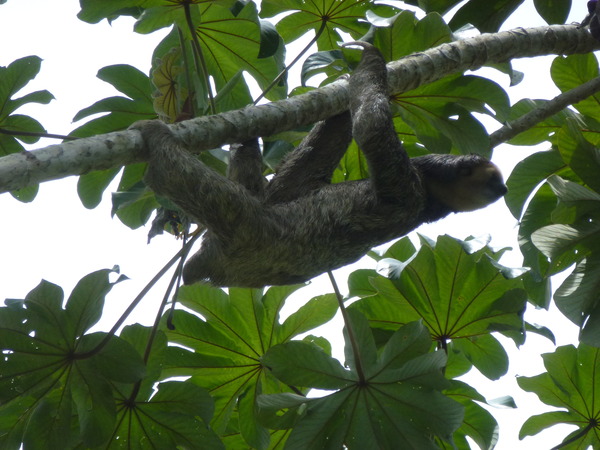
Common Names
Dutch; Flemish – Drievingerige Luiaard
English – Pale-throated Sloth, Pale-throated Three-fingered Sloth, Pale-throated Three-toed Sloth
German – Ai, Dreifingerfaultier, Weißkehl-Faultier
Portuguese – Ai, Preguiça, Preguiça-de-Bentinho, Preguiça-do-Norte
Sranan Tongo – Sonloiri
How to Identify:
| Similar species possibly found in the same area: | Bradypus tridactylus |
|---|---|
| Choloepus didactylus and Choloepus hoffmanni | Bradypus tridactylus has three fingers – not two! B. tridactylus has a mask on the eyes compared to the two-fingered sloths. |
| Bradypus variegatus | Bradypus variegatus has a brown throat and Bradypus tridactylus has a yellow throat, however they are difficult to tell apart in the wild. |
IUCN Red List
Species are classified into one of nine Red List Categories: Extinct, Extinct in the Wild, Critically Endangered, Endangered, Vulnerable, Near Threatened, Least Concern, Data Deficient and Not Evaluated. Vulnerable, Endangered and Critically Endangered species are considered to be threatened with extinction.

Pale-throated three-fingered sloth Facts
- Males have a middorsal speculum (Short black and orange fur covered with oil that helps attracts mates)
- Does not do well in zoo settings, so we must protect them in their wild habitat.
- The genus name, Bradypus, is from the Greek for slow-footed.
- The species name, tridactylus, means three digits or claws.
- Bradypus tridactylus is curious and will explore small and unimportant items in its surroundings.
Habitat
- Rainforests
 Population Trend
Population Trend
• Decreasing
 Threats
Threats
• Deforestation
• Droughts
• Farming
• Habitat loss
• Storms & flooding
Here are some ways YOU can help keep sloths healthy and safe:
– It is best to observe them from a distance and in silence.
– Our pets could attack them. It is important to keep your dog on a leash when you go for a walk, or keep your pets at home in an enclosed and safe area. In addition, taking care of our pets also means spaying and neutering them so that they do not breed without control.
– Sloths love to live in the woods, keeping them as pets is not good for them. Keep in mind that they don’t like selfies either.
– If you find an injured sloth, contact a wildlife hospital so they can help it.
– Deforestation is often caused to make more land for livestock. Eating less meat may help save our forests.
Bradypus tridactylus can be found in the below countries.
Click to learn what other xenarthran species live there too!
Test your new knowledge!
Test your new sloth skills by visiting our sloth word search, puzzles, coloring sheets and name games!
Check out this video to see how much you have learned!
The Anteater, Sloth, Armadillo Specialist Group has a store that directly helps xenarthran conservation!
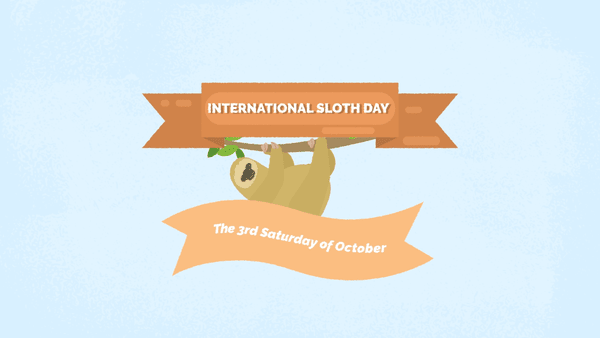

 Population Trend
Population Trend Threats
Threats